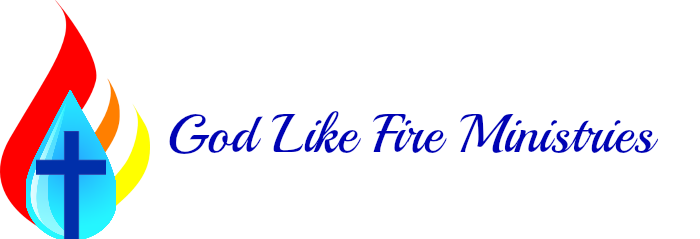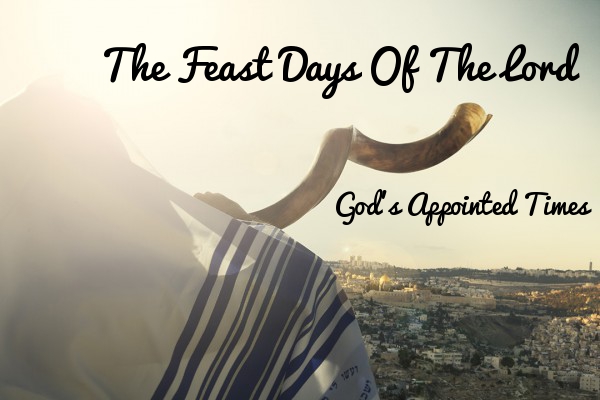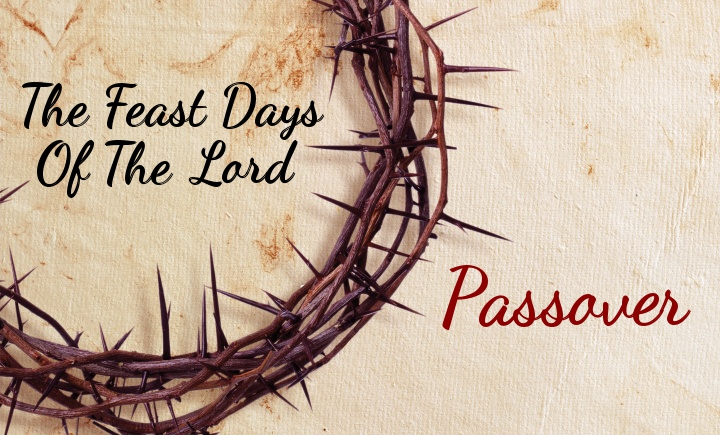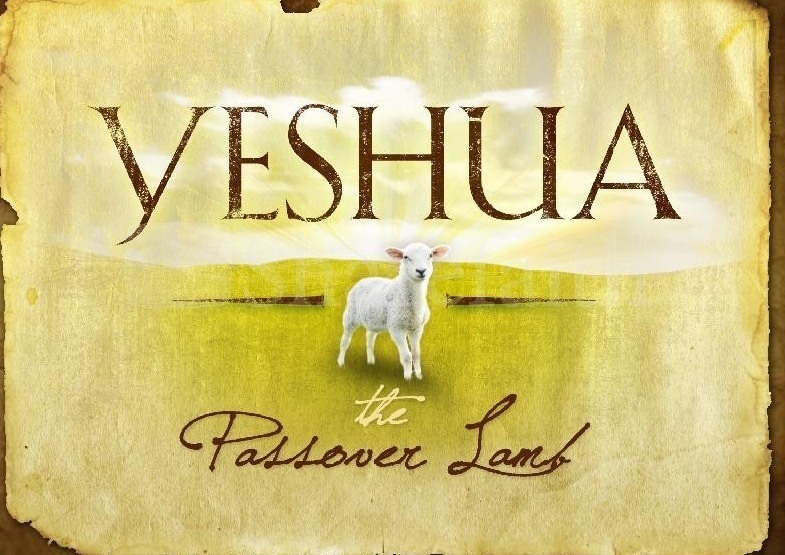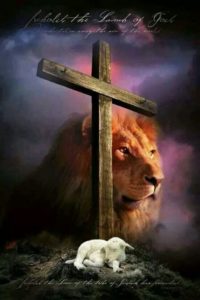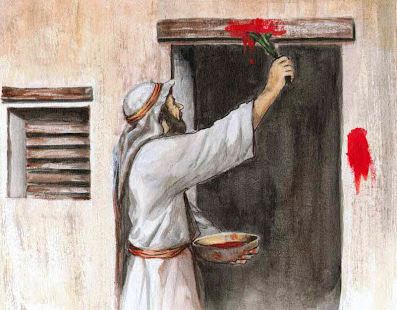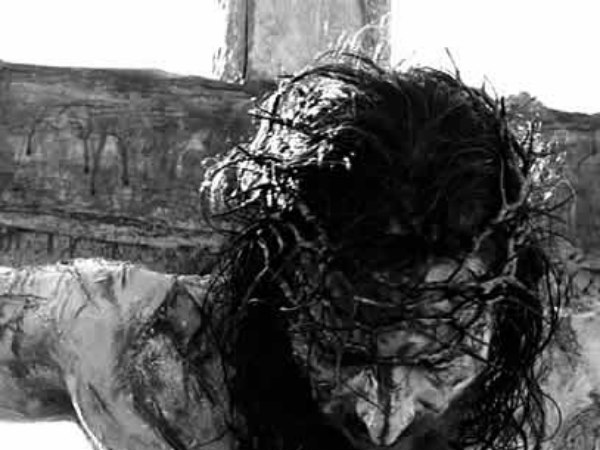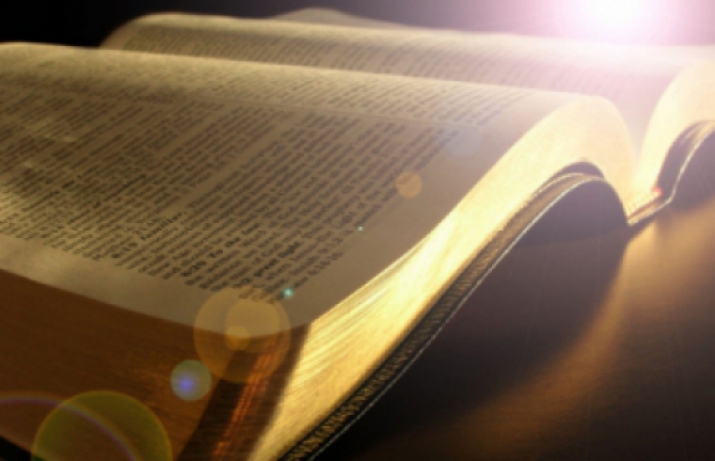
Welcome back Brothers and Sisters in Christ! Again, let’s take a look at the 7 feast days of the Lord that we are covering and let’s see where we are at right now…
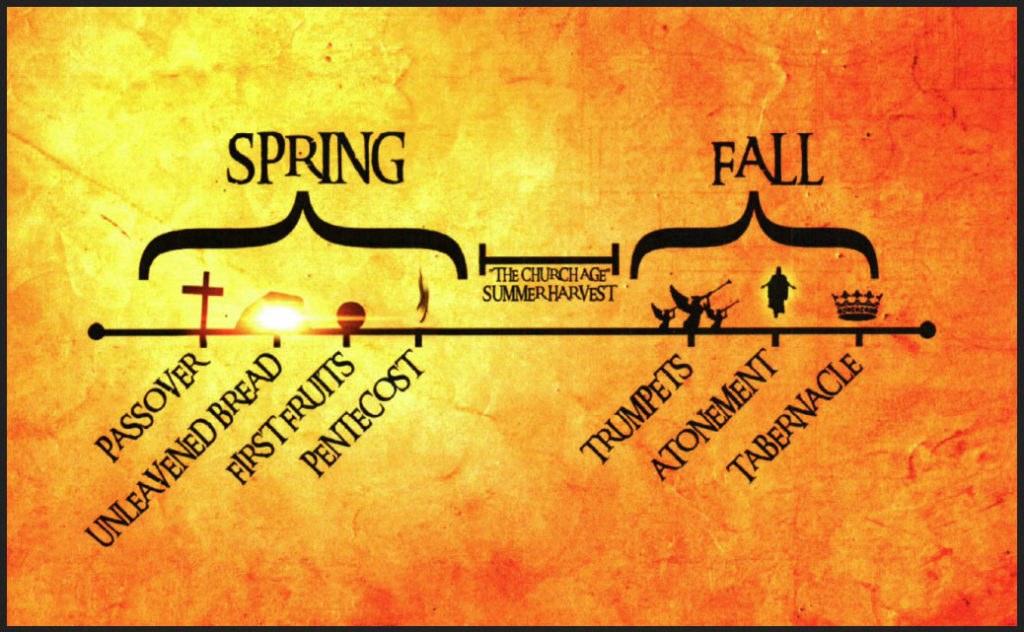
As you can see, when we list these feast days from left to right, we have: Passover, Unleavened Bread, Firstfruits, Pentecost, and then we have: Trumpets, Atonement, and Tabernacles. Today we will be covering the 2nd Spring feast, which is Unleavened Bread. We have 2 more feast days to cover in the Spring, which are Firstfruits and Pentecost, and then we will be moving on to the 3 final Fall feast days. So you definitely want to stick around to delve into the rest of these Feast Days Of The Lord because there is exciting and important information to be discovered about all of them that everyone needs to know!
So let’s begin our Bible Study on the Feast of Unleavened Bread!
The Feast of Unleavened Bread begins on Nisan 15 (the 1st month of the year on the Jewish civil calendar) following God’s command in Leviticus 23:6. This scripture reads, “On the 15th day of that month the Lord’s Feast of Unleavened Bread begins; for 7 days you must eat bread without yeast.”
In keeping all the Lord’s Feast days in order, we must first understand that the Jewish calendar determines sundown as the beginning of one day that spans 2 days on the Gregorian calendar. So technically Passover begins at sundown of Nisan 14 on the Jewish calendar, yet it is not typically celebrated until Nisan 15; while the feast of Unleavened Bread actually begins on Nisan 15. Thus Nisan 15 is a pivotal day in which both feasts are usually celebrated on, even though Passover officially comes before the Feast of Unleavened Bread. Nowadays Judaism recognizes Passover and Unleavened Bread together as one holiday called The Passover, even though they are truly separate.
Another name for The Feast of Unleavened Bread is Chag haMatzot, where no chametz (or product containing leaven) is allowed to be possessed or consumed for an entire 7 days. No leavened products are to be eaten inside or outside the home because leaven is symbolic of sin and cutting out sin from one’s life is not just a commandment from God, but the removal of sin from our lives is also for sanctification. In a spiritual sense, we can imagine chametz as a small piece of leaven (or sin) that is hidden in a big batch of dough (like our soul).
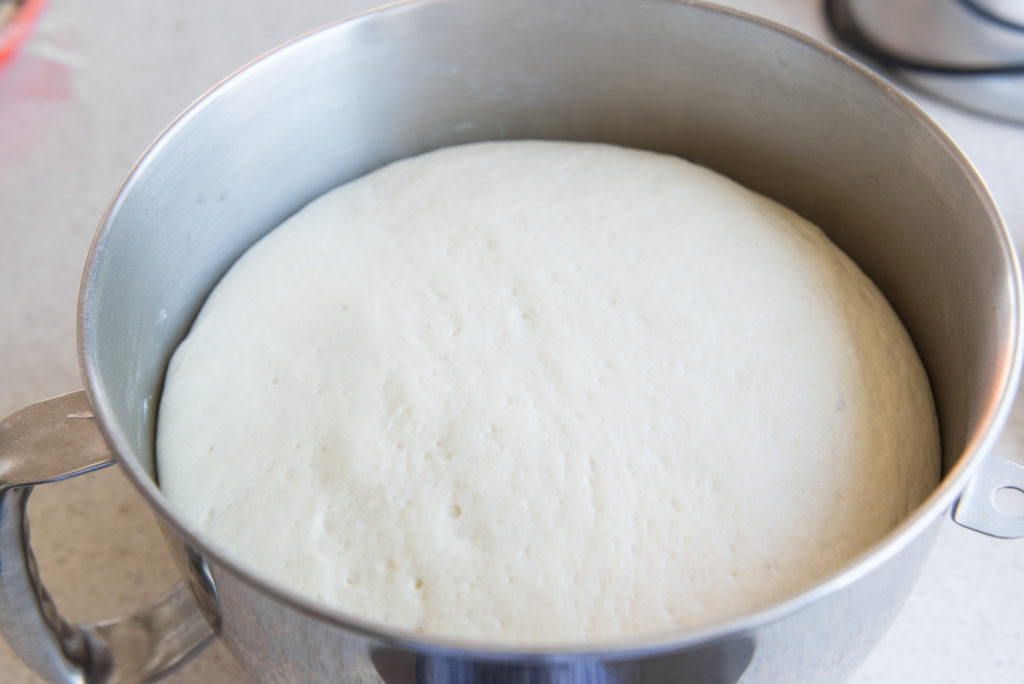
The dough rises and becomes “puffed up.” And there is nothing that the Lord despises more than us being puffed up, because it comes straight from the enemy and it can cause other things in our lives that do not need to be there. That is why we more importantly need to be doing constant thorough inspections of our hearts and lives so that we are not allowing any sin inside of us. The removal of chametz during the Feast of Unleavened Bread is an outward reminder of what we all need to be doing internally through the Holy Spirit.
Furthermore, Exodus 12:15 says, “For seven days you are to eat bread made without yeast. On the first day remove the yeast from your houses, for whoever eats anything with yeast in it from the first day through the seventh must be cut off from Israel.” And again, in Exodus 13:7, God’s people were commanded as follows, “Eat unleavened bread during those seven days; nothing with yeast in it is to be seen among you, nor shall any yeast be seen anywhere within your borders.”
In obedience to these commands from God, most Jewish families spend the month leading up to Passover and The Feast of Unleavened Bread, Spring cleaning and completely ridding their homes of every possible chametz they can find.

Even though the house may be entirely spotless, chametz can still be eaten up to the morning of the day before Passover, however by the evening, all chametz in every possible place within the house has to be disposed of – whether it is on clothing, in a pocket, in a shoe, in books, under the oven, behind the refridgerator – you name it!
In the evening comes the fun ceremonial inspection for the removal of all chametz from the Jewish home, which is an ancient custom known as Bedikat Chametz, where 10 bits of chametz are purposefully “hidden” in rooms for the whole family to find by candlelight on the night before Passover.
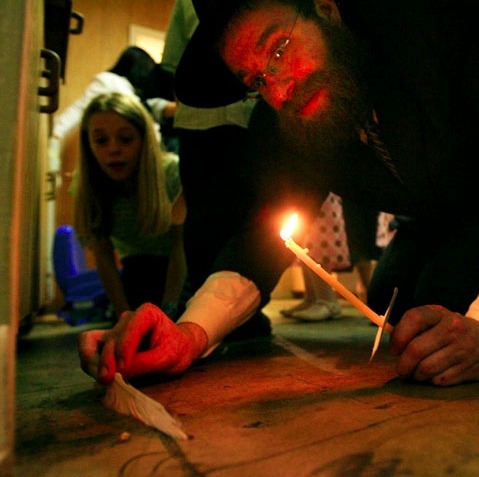
Parents and their children carefully search around their house by candlelight for the chametz using only a feather to sweep up the remaining pieces of bread onto a wooden spoon, and wrap them up in a linen cloth to be take outside in the morning and burned during the Bi’ur Chametz ceremony. The very next morning all the chametz from the Jewish homes are taken outside and completely burned up in a communal bon fire. This ancient Jewish custom might seem like a meaningless tradition, yet it bears great significance, and here’s why…
The candlelight that the Jewish families use to search their houses over for hidden chametz (or sin) stands for the Word of God. Psalms 119:105 says, “the Word of God is a lamp unto my feet and light for my path.” The feather they use to sweep the chametz onto the wooden spoon is symbolic of the Holy Spirit. Psalm 91:4 says, “He will cover you with his feathers and under his wings you will find refuge…” The wooden spoon that holds the chametz represents the wooden cross where Yeshua bore all our sins (Deuteronomy 21:22 explains the law for someone’s body on a tree).
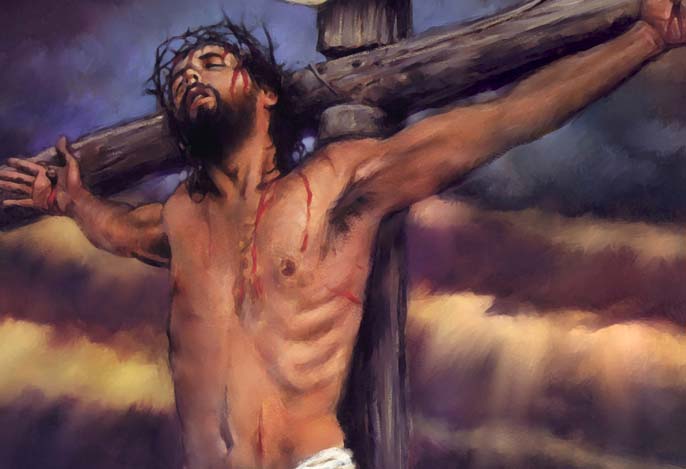
The linen cloth used to wrap everything up in – to be burned outside – symbolizes the linen cloth that Yeshua was wrapped up in (when he was taken off the cross in Mark 15:46) after being put outside the camp (Hebrews 13:13) to bear the cross for all mankind, removing all our sin (or leaven) forever!
Isn’t it Awesome how Yeshua fits perfectly within these ancient Jewish customs?!!
We also find written in the New Testament gospels of Matthew, Mark, and Luke that right before Passover, Yeshua went up to the temple courts and with much zeal for God started overturning the tables and benches of the moneychangers; driving out all who were buying and selling there. Then he said to them, “It is written: my house will be called a house of prayer, but you are making it a den of robbers.” What was Yeshua doing…?? Yeshua was cleaning the leaven out of his Father’s house right before Passover! Now how Jewish is that?!! You can’t get any more Jewish than that! That’s because Yeshua, our Messiah, is Jewish! And he made it evident in the scriptures for all of us to see!
The Feast of Unleavened Bread mainly commemorates the Exodus of God’s Children Israel from Egypt where the Jews were not given the time to allow their dough to rise during Passover due to fleeing Egypt in haste.
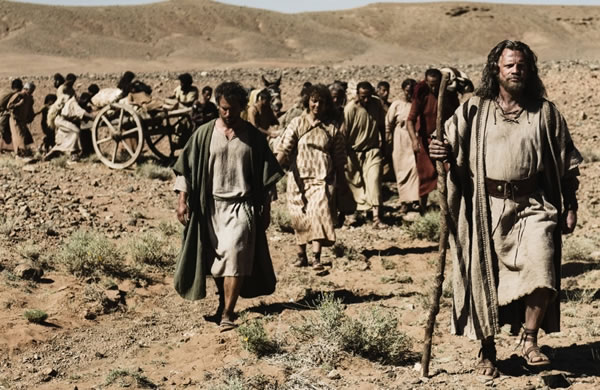
And God made it a perpetual memorial for the Jewish people when he commanded in Deuteronomy 16:3, “…For seven days eat unleavened bread, the bread of affliction, because you left Egypt in haste – so that all the days of your life you may remember the time of your departure from Egypt.” So eating unleavened bread (otherwise known as matzah) over this period of 7 days is viewed by the Jewish people as a holy way of living to honor God and his commandments, not at all like eating bread of affliction. Therefore, The Feast of Unleavened Bread is not celebrated in remembrance of slavery, but rather, it is celebrated in remembrance of their rescue from slavery. Thus we can see, that which was birthed out of pain and affliction has now become the very symbol of freedom and rejoicing due to God’s faithful deliverance.
Unleavened Bread is not just a symbol for freedom, but also for salvation!
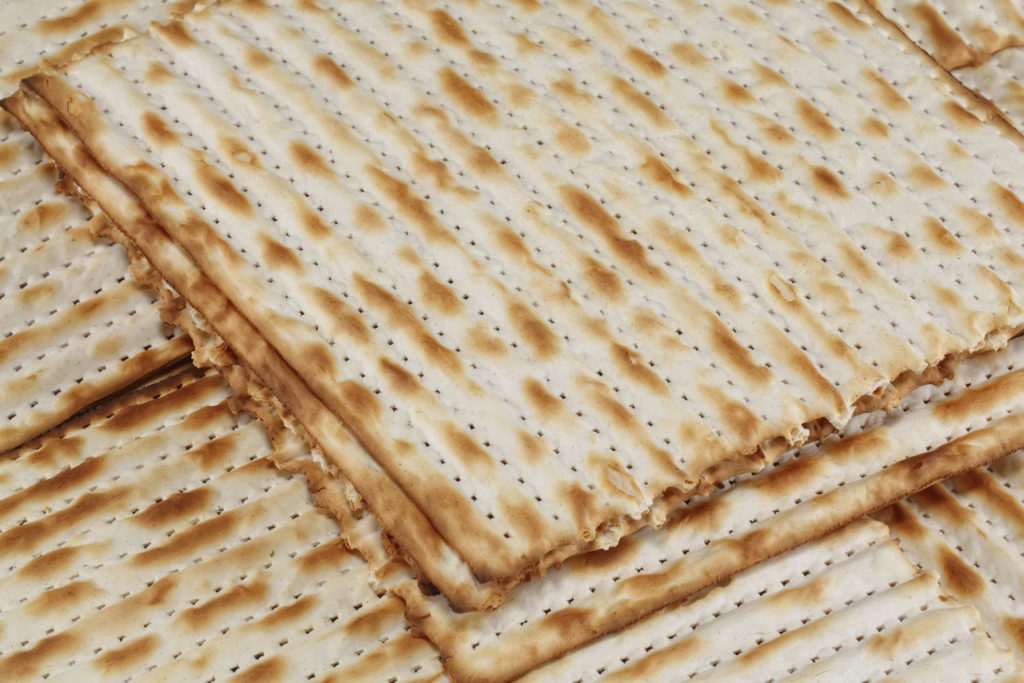
If you take a look at a piece of unleavened bread (or matzah)… What do you see?? What immediately stands out?? Do you see how it is pierced?? Zechariah 12:10 says, “They shall look upon me, the one whom they have pierced.” Do you see how it is striped?? Isaiah 53:5 says, “By his stripes we are healed.” Do you see how it is pure without any leaven in it?? 2 Corinthians 5:21 says, “God made him who had no sin to be a sin offering for us…”
In John 6:35, Yeshua spoke to the crowds of people who were searching to find him saying, “I am the bread of life. He who comes to me will never go hungry, and he who believes in me will never be thirsty.” Further, in Matthew chapter 2 we read how Yeshua was born in Bethlehem of Judea. And guess what the name Bethlehem [Bet Lechem] in Hebrew means??? House of Bread! Come on now!! Isn’t that Amazing!! Can’t you see Yeshua perfectly in The Feast of Unleavened Bread?!! Well, I certainly do!! But if you are still unsure… I think this next one takes the cake! Or rather, the bread!
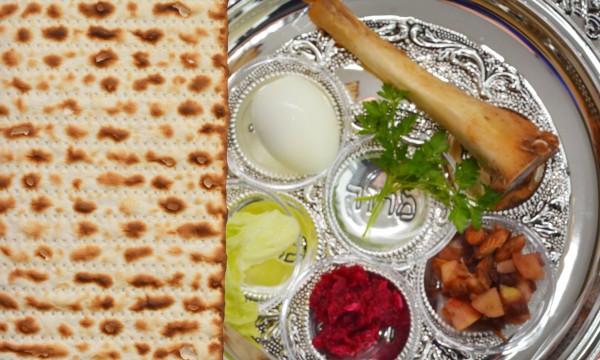
The traditional Passover Seder Meal is filled with many interesting Jewish customs and is usually celebrated in 15 separate steps, where the 12th step in particular is called “tzafun,” meaning hidden or concealed. At the beginning of the Seder the leader holds up 3 whole pieces of matzah bread, then they remove the 2nd middle piece of matzah from the 3 and break it in half; setting aside the larger half for later. This larger half of matzah bread is called the “afikomen” and it is wrapped in a linen cloth and hidden during the Seder.
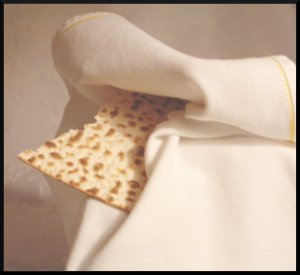
After the meal, the tradition becomes a fun game for the kids to search for the afikomen and whoever finds it wins a prize. However, the Seder meal cannot continue until after the afikomen is found and is no longer concealed. Once found, the afikomen is brought back to the table where it is broken and shared by everyone as their last morsel. The word afikomen is actually a Greek word of uncertain origin, yet there has been extensive convincing research done by a Jewish Oxford Professor named David Daube on the linguistic origins of the word suggesting that afikomen is most likely derived from the Greek verb afrikomenos, which stands for “the Coming One” or “He who has come.” Now who else could this possibly be referring to?? No one other than our Messiah, Yeshua!
Examining the Seder meal, we see that 3 whole pieces of matzah are held up…
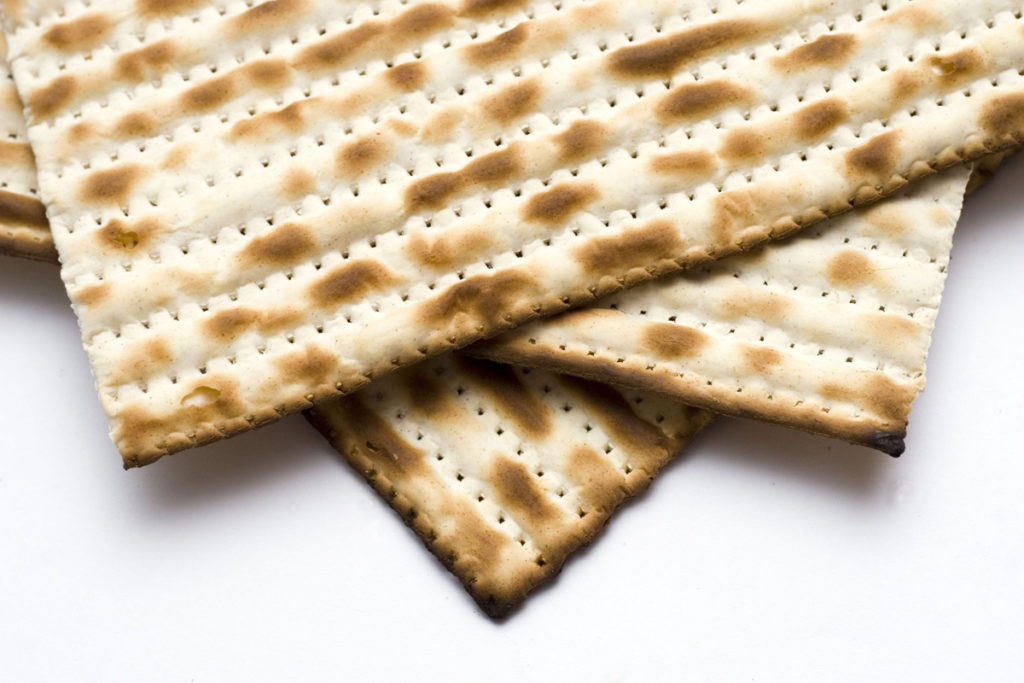
This is representative of the 3-in-1 Godhead: 1st – The Father, 2nd – The Son, and 3rd – The Holy Spirit. Remember that the whole 2nd piece of matzah bread is taken and broken in half where the largest half is the afikoman, which is placed in a linen cloth and hidden from sight. The whole 2nd piece of matzah bread is perfectly symbolic of God’s chosen Jewish people Israel that Yeshua came from. He was born in the flesh as a Jew, so he was a part of them, yet he was set apart from them – broken off and set aside just like the afikomen – as the perfect spotless Lamb of God that takes away the sins of the world.
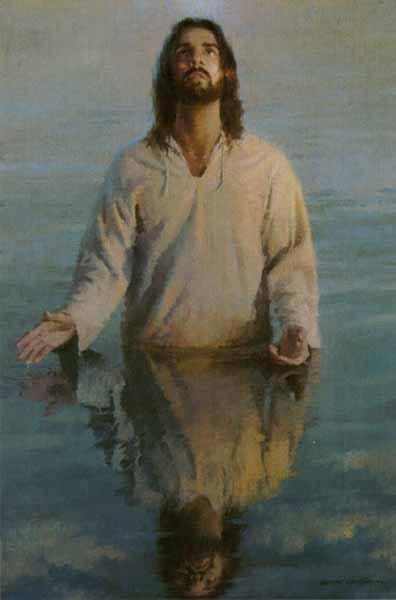
Yeshua was intentionally birthed into and chosen out of God’s flock (the Jewish people Israel) to be the flawless sacrificial offering to atone for all our sins for all time! Isn’t that Awesome?!! The afikomen is set apart, wrapped up in linen, and hidden from sight to be later found by the children for a prize and given to the rest of the people at the table to partake of. Likewise, Yeshua was set apart as the Lamb of God taking away the sins of the world on the cross where he was later wrapped up in linen in the tomb, resurrected to life, and ascended to heaven where he is now hidden from sight!
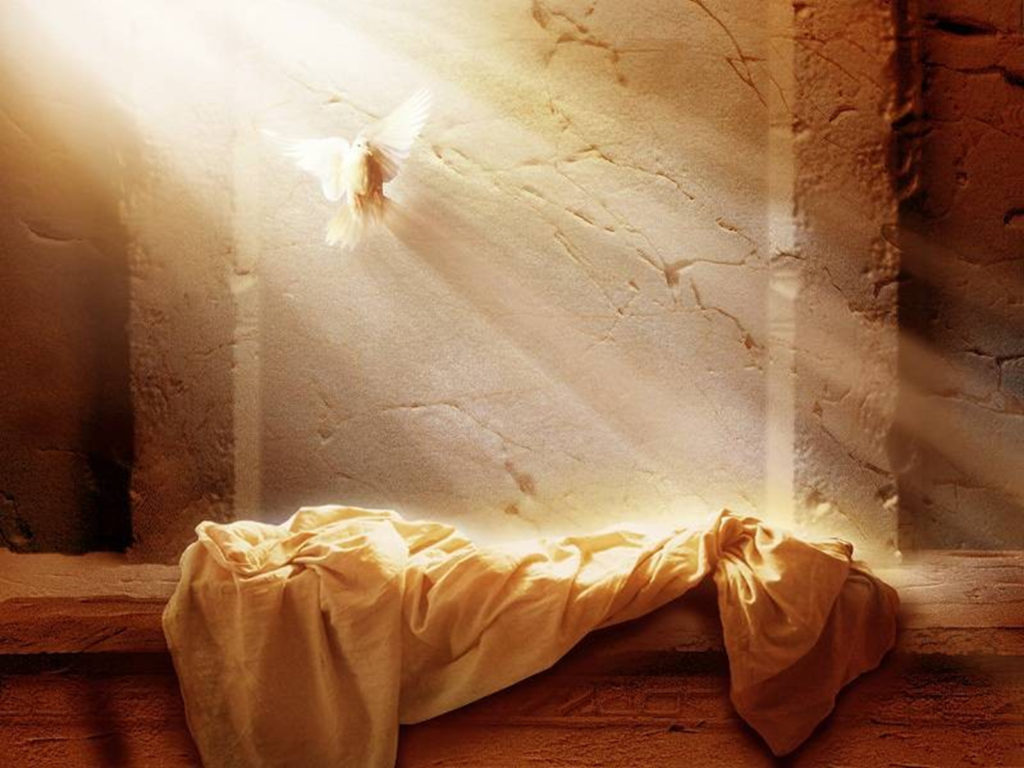
Yet this ancient custom foreshadows something extraordinary… The true children of God, who are searching for the Truth, will find what is hidden or concealed, which is Yeshua – the afikomen! The true children of God will find the Truth, who is Yeshua, and they will be rewarded for it, winning the ultimate prize which is everlasting life in heaven with him! They will be the ones who uncover what is hidden and concealed to bring to those at the table the Truth for all of them to partake of…
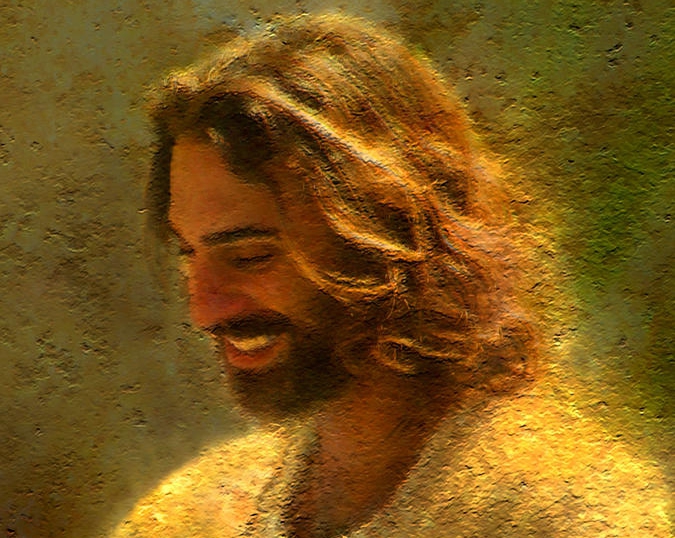
Have you found the Truth today? Have you found Yeshua?? If you are hungry for the Truth, I pray that this Bible Study on The Feast Of Unleavened Bread open the eyes of your heart to see clearly that Yeshua is the Truth and that he undeniably fits inside the ancient Jewish customs richly embedded within the Feasts Days of the Lord. There is absolutely no one else who can fit as perfectly as Yeshua! The reason why is because he is Jewish and he is the Messiah! He is the way, he is the truth, and he is the life! Please accept him into your heart today!
Thank you all for reading! I’ll see you all back on here next time! I love you!!! Yeshua loves you!! Be blessed in the Lord and have a wonderful day!
